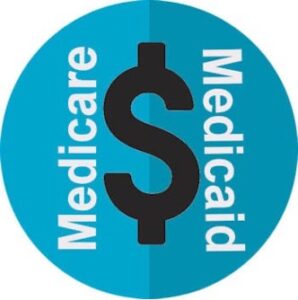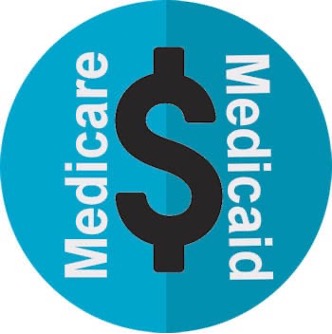Nov. 2, 2021
By Amy Norton HealthDay Reporter
Nearly one-third of older U.S. adults visit at least five different doctors each year — reflecting the growing role of specialists in Americans’ health care, a new study finds.
Over the past 20 years, Americans on Medicare have been increasingly seeing specialists, researchers found, with almost no change in visits with their primary care doctor.
On average, beneficiaries saw a 34% increase in the number of specialists they visited each year. And the proportion of patients seeing five or more doctors rose from about 18% in 2000, to 30% in 2019.
Is the trend good or bad? “It’s probably both,” said Dr. Michael Barnett, the lead researcher.

On one hand, he noted, medicine has grown by leaps and bounds in recent decades — yielding a deeper knowledge of various health conditions and more options for diagnosing and treating them. “There are a lot more things that a specialist can do now, and that’s good,” said Barnett, a primary care doctor and an assistant professor at the Harvard T.H. Chan School of Public Health in Boston.
However, managing all of those medical appointments, various prescriptions and information from different providers can be “maddening,” Barnett pointed out. “If nothing else,” he said, “transportation to those appointments is a big issue for older adults.”
So the broader question of how all this specialist care is affecting older Americans’ quality of life is a complicated one, according to Barnett. What is clear, he said, is that the American health care system is “very specialist-oriented.”
Back in 1980, Americans aged 65 and older mostly saw primary care providers. About 62% of their medical appointments were with a primary care doctor, while 38% were with specialists, according to Barnett’s team. But by 2013, those figures had flipped.
That makes the United States different from many other developed health systems in the world, which put more emphasis on primary care. And, the Harvard researchers said, studies suggest those systems provide better care at lower costs.
The new findings — published Nov. 1 in the Annals of Internal Medicine — are based on claims data from Americans on Medicare between 2000 and 2019. Over time, the average beneficiary saw more specialists and had more visits to specialists, the investigators found. But there was no real change in their number of annual visits to primary care providers. By 2019, Medicare recipients saw two specialists, on average. But many saw more: That included the 30% of beneficiaries who saw five or more doctors.
Alice Bonner is a geriatric nurse practitioner and senior advisor to the nonprofit Institute for Healthcare Improvement. She agreed that the trend toward more — and pricier — specialist care is neither good nor bad, but more complex than that. “It could be that it’s helping people, or it could be that it’s wasteful,” Bonner said. “It’s so dependent on the individual situation.”
One question, she noted, is whether older adults are becoming “more assertive” in asking to see specialists. Visits to a busy primary care provider can be brief, Bonner pointed out. “If people are not having their concerns addressed,” she said, “they may seek care elsewhere.”
Like Barnett, she said that seeing multiple doctors can add a layer of complexity that burdens older adults — from transportation to managing medications. “It’s not uncommon for patients to be on nine or more medications,” Bonner noted.
Ideally, health care should be helping older adults live not only longer but better, and understanding “what matters” to any one patient is key, according to Bonner. “Most older people tell us they don’t want their lives overmedicalized,” she said. “If they’re busy traveling from doctor to doctor, they may have less time for doing what matters to them.”
Barnett made a similar point, saying primary care doctors should “help patients do what matters most to them.” In some cases, Barnett said, that might mean “pulling back” on some specialist care — though, he noted, the general culture of the health care system is to add care rather than take away. So patients may need to ask. “It’s always reasonable for patients to ask their primary care doctor whether any care they’re receiving is still necessary and needs to continue,” Barnett said.
Specialist care also adds complexity to the job of primary care providers, who are supposed to be coordinating it all, Barnett pointed out. In the current system, that may or may not be happening smoothly. Since doctors are mainly paid per service they provide during an office visit, any time spent coordinating patients’ care is uncompensated. That system, the researchers said, is a “disincentive.”






